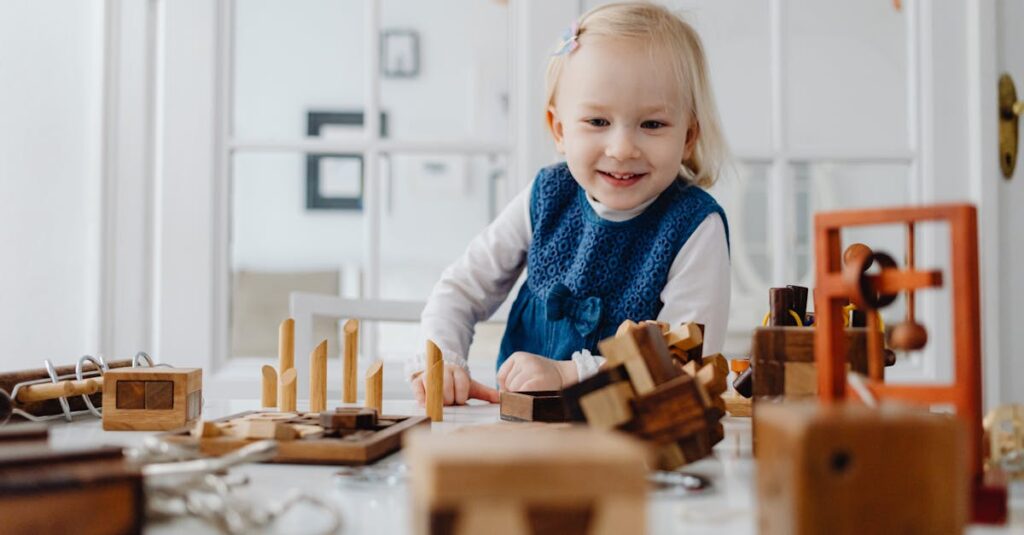The Tightrope Walk: Supervision vs. Independence
Walking the line between keeping toddlers safe and letting them explore the world can feel like a high-wire act. We want to encase them in bubble wrap while also needing them to learn from their scrapes. Balancing the act requires keen observation, understanding when to step in, and when to stand back. Ever tried meticulously following a toddler? It’s like being in a spy movie, minus the glamour. Our little adventurers are on a mission, and we’re their shadow, always a step behind, ready to catch them if they fall but also giving them space to complete their mission.
Red Flags and Green Lights: Knowing What’s Too Much
Knowing when to intervene in your toddler’s adventures and when to let them navigate their challenges is crucial.
Picture this: your living room turned obstacle course. Cushions on the floor, an impromptu climbing frame (the couch), and your toddler’s eyes, sparkling with determination. This scene is a perfect example of a green light situation. It encourages problem-solving and physical skills.
However, spotting a toddler scaling the outside of the stair gate like a miniature mountaineer? That’s a red flag. Understanding these cues will help you create a safe learning environment where your toddler can flourish.
The Secret Language of Toddlers
Toddlers might not articulate with words, but their actions scream volumes. They have a universal sign language: a stomp means frustration, a clap denotes success, and the infamous floor roll is the ultimate expression of disagreement. Interpreting these actions can help us support their journey towards independence. When we understand what drives their behavior, we can provide appropriate tools or interventions. Imagine decoding a secret language that reveals the world from their pint-sized perspective. It’s rewarding, often hilarious, and sometimes a bit messy.
Follow the secret signs and discover the fascinating world of toddlers!
Safety First, But Let Them Fall
Ever noticed how toddlers are drawn to the one thing in a room they’re not supposed to touch? It’s like they have a built-in ‘forbidden fruit’ radar. This curiosity is vital for their development, but it’s our job to make their environment as safe as possible for when inevitable falls happen.
Picture a toddler, wobblingly standing on a play stool reaching for a toy, the focus in their eyes, the determination. Now, imagine the inevitable fall, followed by tears, but then, the resolve to try again. These moments, when handled with empathy and encouragement, build resilience.
Letting children explore their limits while ensuring their safety can help them develop important skills.
Eureka Moments: Celebrating Independence
The first time your toddler dresses themselves or feeds themselves is a monumental occasion. These Eureka moments should be celebrated, not just for the achievement but for the independence it signifies.
Recounting the tale of a toddler, beaming with pride, with their shirt on backwards and mismatched socks, captures the essence of these milestones. It’s a chaotic, endearing journey towards self-sufficiency that deserves acknowledgment and applause.
Celebrating these milestones reinforces their confidence to tackle new challenges.
Encouragement: The Fuel They Need
Encouragement is our secret weapon. It fuels their determination, soothes their frustrations, and elevates their successes.
Picture the scene: a toddler, after numerous attempts, finally stacking blocks without tumbling. The look of sheer amazement on their face when they turn to see if you witnessed their moment of triumph is priceless.
Sharing in their joy, offering a high-five, or even just a nod of approval, reinforces their belief in themselves. It’s about being their cheerleader, regardless of the outcome, reminding them that their efforts are valued and that every attempt is a step forward.

